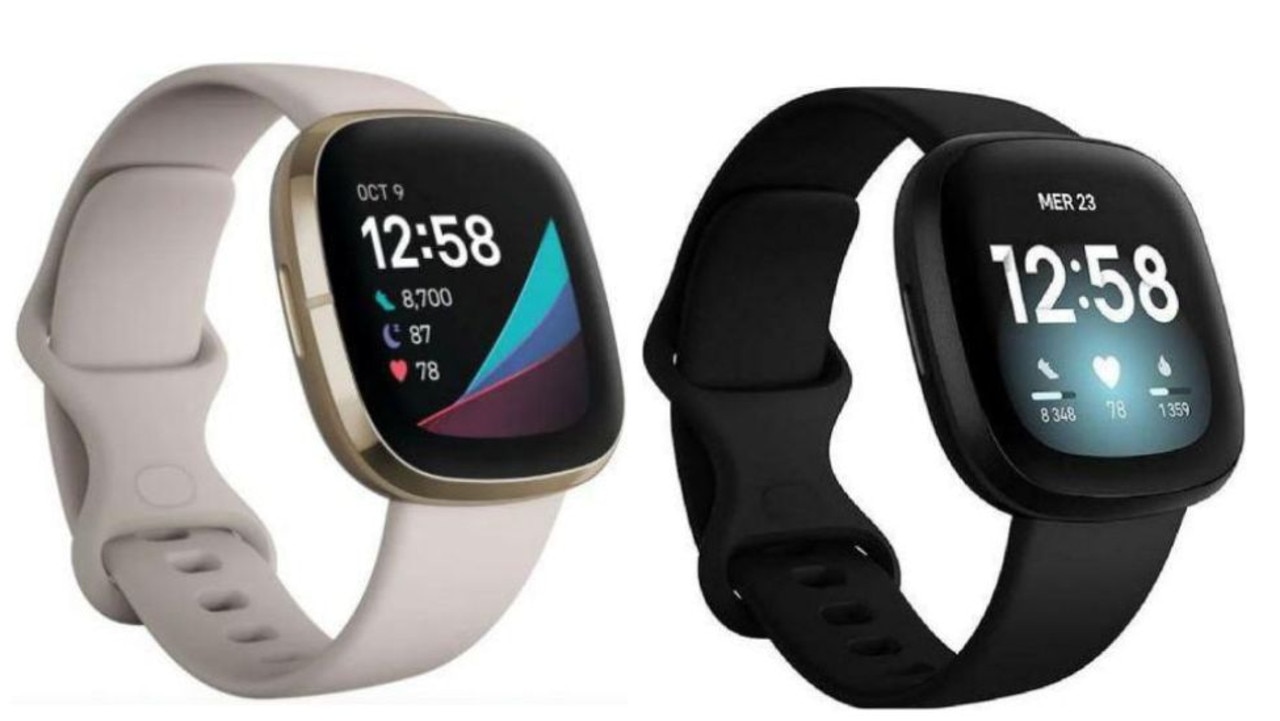WWDC 2020: Big changes to iPhone, iPad, Mac, Apple Watch explained
Among many realisations during the pandemic is that none of us were washing our hands properly, but Apple has announced a fix.
Apple has announced changes to its iOS operating system that bring it in line with Android as well as big changes to its computers and other products.
The technology giant made a number of new announcements during its annual Worldwide Developer’s Conference (WWDC) last month.
WWDC was held online for the first time due to the coronavirus pandemic.
Ordinarily thousands of developers and technologists would make the pilgrimage to California for the company’s announcements but not this year.
The pandemic in the back of everyone’s minds was brought closer to the front during one announcement.
The Apple Watch wearable will soon receive an update so it can automatically detect when you’re washing your hands and tell you when you’re done.
RELATED: Five-step handwashing advice
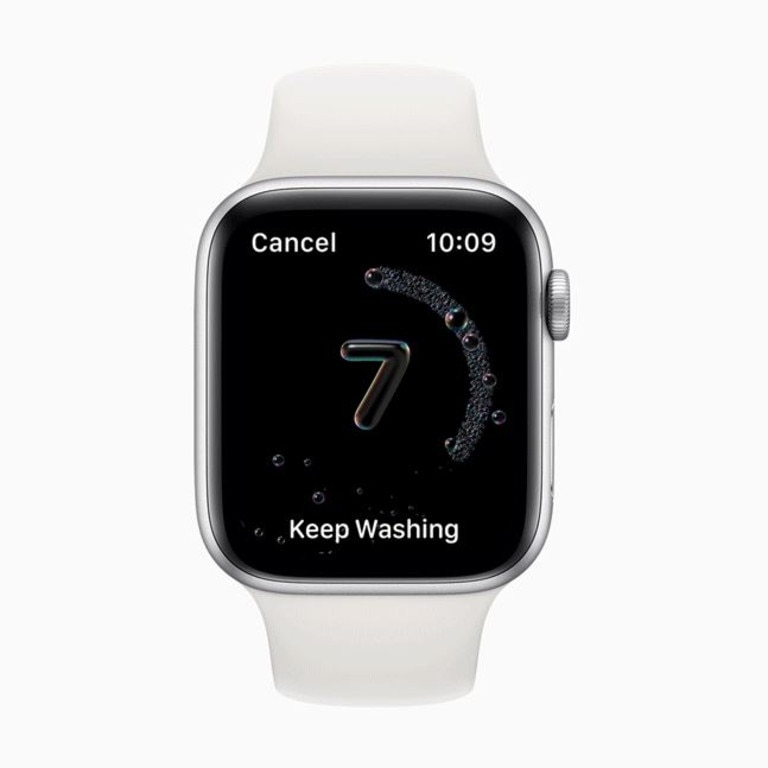
The $649 Apple Watch Series 5 runs on the WatchOS software.
In a preview of WatchOS 7 health seems a primary focus, with Apple adding additional health tracking features including improved sleep tracking, hearing health, and (possibly encouraged by the success of TikTok) the ability to quantify how much fat you burn dancing.
The lack of an in-person audience that would normally ooh and aah at each new announcement is a case of unfortunate timing for Apple given they actually had some other big announcements to get the decade started.
RELATED: Big change to Apple computers
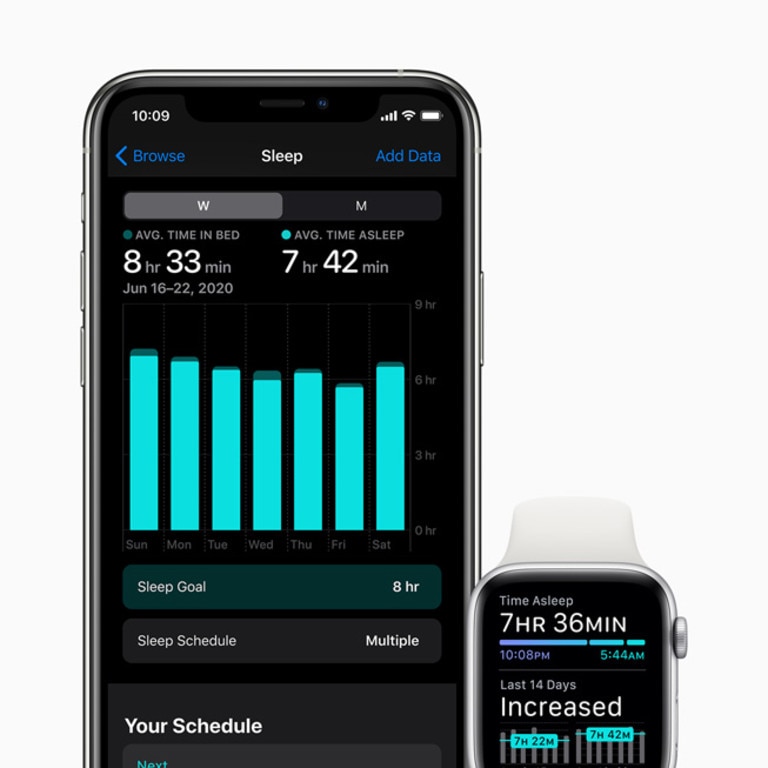
Chief among them is the move to Apple’s own processors for its computers.
Apple has used processors from a variety of sources to power its computers in the past, including relying on Intel processors for the past 15 years.
At the 2005 WWDC it was announced the company would switch from the PowerPC processors (a collaboration between Apple, IBM and Motorola) to Intel’s, but growing dissatisfaction with recent advances in Intel’s processors is rumoured to be the reason for Apple making another switch.
RELATED: New Mac’s staggering price tag
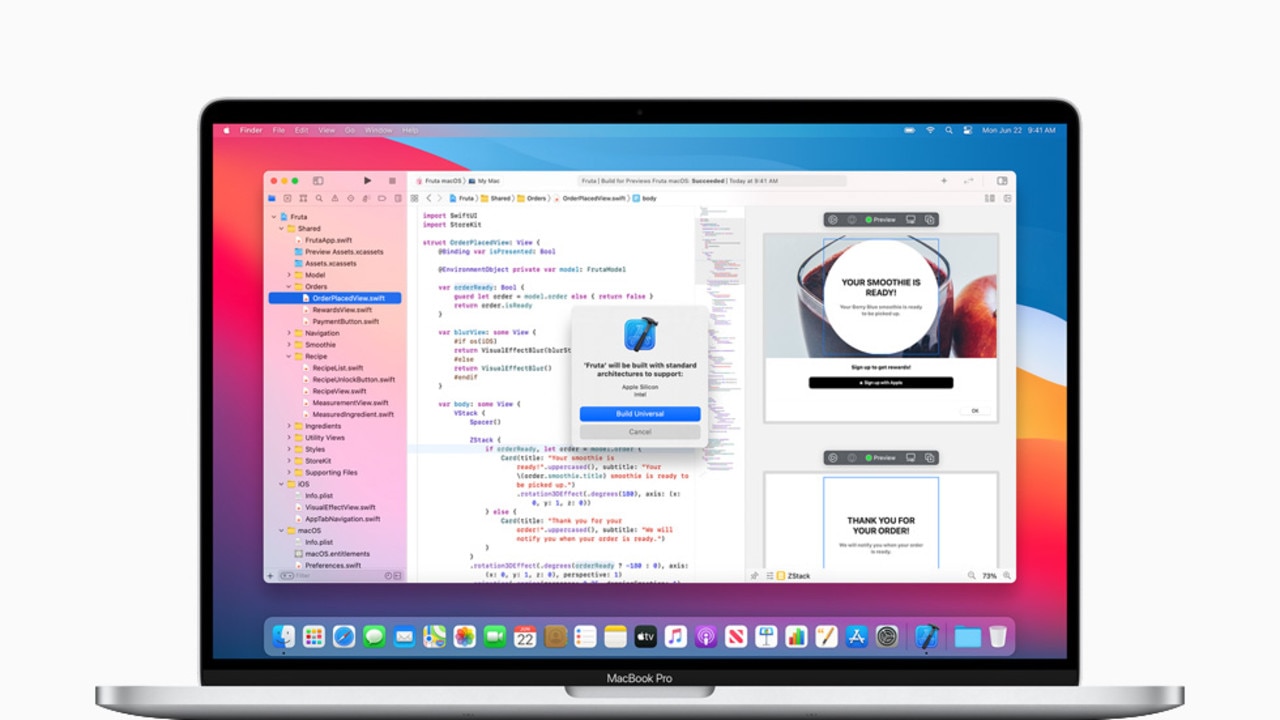
Apple will still sell and deliver updates for Intel-powered Macs, but have announced that the processors will change to an Apple-produced chip beginning later this year.
“From the beginning, the Mac has always embraced big changes to stay at the forefront of personal computing,” Apple CEO Tim Cook said on what he called a “historic day for the Mac”.
Apple is hoping the past decade or so of experience building its A-series processors for iPhones, iPads and Watches will scale up to the Mac.
Along with the transition to its own silicon comes a new operating system update: macOS Big Sur.
Like updates in recent years its named after another iconic natural landmark of California, where Apple is headquartered (though not incorporated: look to US tax haven Delaware for that).
But unlike previous releases, its version number has gone from 10.15 to 11, possibly a signifier of the switch to ARM-based processors.
Apple said Big Sur is the biggest design upgrade since Mac OS X was introduced in 2001.
The new OS also has the tools developers will need to make their apps run on the different hardware, which might sound like a hassle, but also makes it easier for developers to port an app running on iPad or iPhone to Mac.
The tech industry’s recent and late obsession with “privacy” has also influenced the design of Big Sur and other apps.
Apple is introducing a new Privacy Report inspired by food nutrition labels to succinctly communicate what the apps on your devices actually do, including the types of data the apps might collect — such as usage, contact information, or location — and whether that data is shared with third parties for tracking.
RELATED: ‘New’ feature heading to iPhones
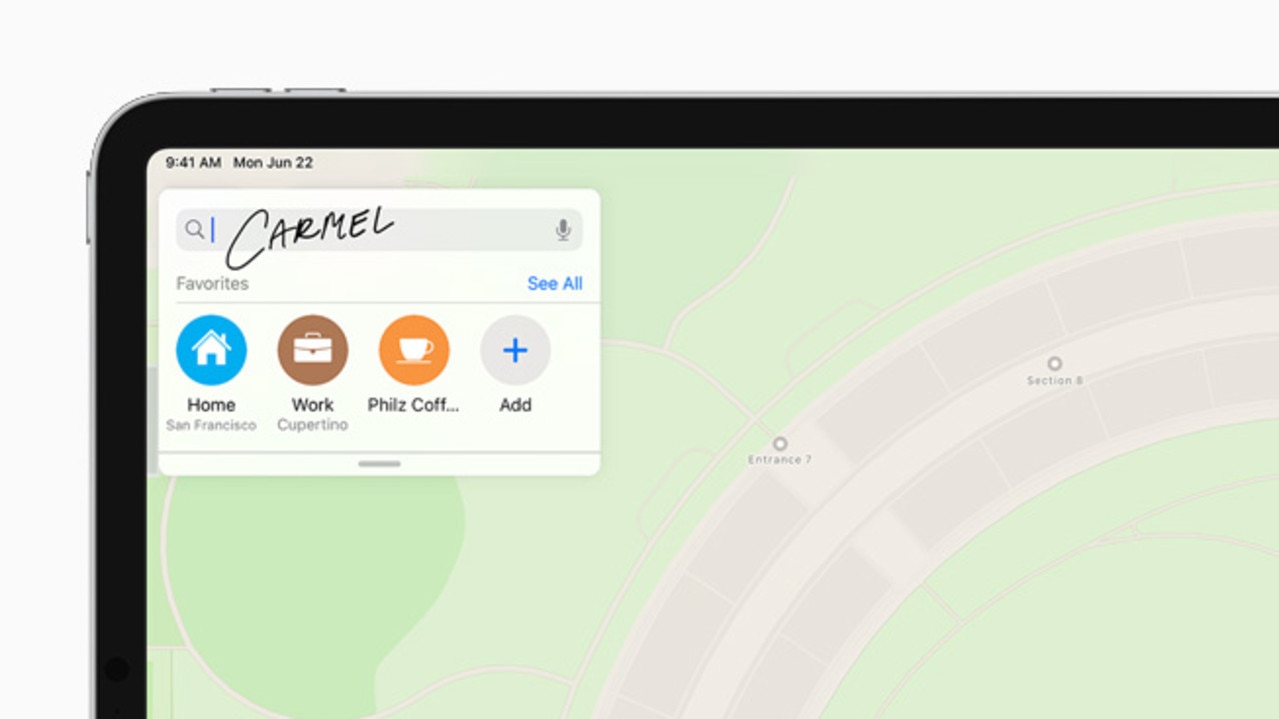
Apple fans with a long memory might be excited by some of the new features in iPadOS, carrying on a legacy from the innovative but unpopular Apple Newton devices of the 90s.
The iPad and associated Apple Pencil work with the OS’s new Scribble feature to convert handwritten notes into text.
New depth-sensing features should bring more realistic augmented reality features to iPad as well.
iPad OS will also receive the “new” widgets that are coming to iOS but have been on competing Android smartphones for years, as well as improvements to Messages, Maps, Siri and other apps.


